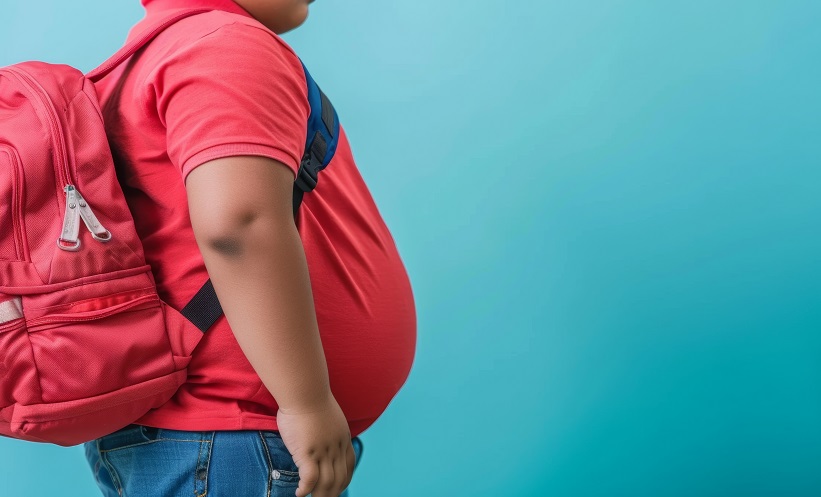BACKGROUND AND AIMS
Myelodysplastic syndromes (MDS) are clonal haematopoietic disorders of pluripotent stem cells, characterised by ineffective haematopoiesis and rich marrow dysplasia resulting in cytopenias. In addition, MDS frequently progresses to acute myeloid leukaemia and is the most common pre-leukaemic state in adults.1,2 Allogeneic haematopoietic stem cell transplantation (HSCT) is currently the only potentially curative therapy for MDS. It can be performed in patients aged <60 years from an HLA-compatible or haplo-identical donor.3-5
MATERIALS AND METHODS
Between May 2001 and March 2019 (18-year period), 34 patients with MDS underwent allogeneic HSCT in the authors’ centre (geno-identical: 31 patients; haplo-identical: 3 patients).6 The median age of the patients was 36 years (4–58) and the sex ratio was 1.42 (20 males to 14 females). Median time from diagnosis to allogeneic HSCT was 11 months (2–81). According to the World Health Organization (WHO) 2016 classification, these were the pre-transplant statuses of the patients: MDS with uni-lineage dysplasia: 4, including 2 with ring sideroblasts and 1 with isolated deletion 5q; and MDS with multilineage dysplasia: 30, including 7 with excess blasts-1 and 9 with excess blasts-2. Various treatments had been received before the transplants: cyclosporin: 7 patients; erythropoietin: 7 patients; danazol: 3 patients; lenalidomide: 2 patients; azacitidine: 1 patient; aracytine: 1 patient; and rituximab: 1 patient. Thirty-three patients were transfusion-dependent before the graft, with an average of 32 red blood cells units per patient (3–135). All patients received myeloablative conditioning (classic: 13 patients; fludarabine/busulfan-4: 21 patients). Graft-versus-host disease (GVHD) prophylaxis consisted of cyclosporin and methotrexate according to the Seattle protocol in 31 patients, of which 10 patients received anti-thymocyte globulin, while three patients received post-transplant cyclophosphamide and mycophenolate mofetil without methotrexate. All patients received granulocyte colony stimulating factor alone to mobilise peripheral blood stem cells, with a median CD34+ cell count of 7.62×106/kg (3.18–19.90). In addition to the cyclosporine graft, one patient received a bone marrow graft.
RESULTS
Neutropenia occurred in all patients and the median duration of aplasia was 14 days (7–31). Median time to achieve neutrophil count >0.5×109/L was 14 days (11–25) and platelets >20×109/L was 13 days (9–35). Thirty patients (88.2%) required a red blood cell transfusion (8.7 units/patient) and 31 patients (91.2%) needed platelet transfusions (6.6 units/patient). Three patients (8.8%) presented with veno-occlusive disease, one of which was severe. Grade II–IV acute GVHD was observed in 8/26 patients (30.7%) and chronic GVHD in 11/20 patients (55.0%) of whom five had an extensive form. Relapse was observed in 2/26 patients (7.7%) within 4–20 months post-transplant. On 31st July 2020, the median follow-up was 94.5 months (16–202); 16 patients (47%) were still alive (15 patients in complete remission and one patient relapsed, on azacitidine) and 18 patients (53%) had died, including 17 patients (50%) of tissue-resident memory (early infection: six; thrombotic microangiopathy: one; acute GVHD: four; pneumopathy: two; fulminant hepatitis: one; and metabolic disorders: two) and one patient in relapse. The overall survival was 47%, event-free survival was 44%, and GVHD-free and relapse-free survival were 32%.
CONCLUSION
Allogeneic HSCT is a curative option for patients with MDS; it has a considerable risk for transplant-related mortality and morbidity. Late effects like GVHD and relapse remain major challenges in the care of these patients. In the authors’ study, it was a curative option in 44% of patients with 16 years of follow-up. Of these patients, 32% are alive with a good quality of life.






